Shaniwarwada Fort

shaniwarwada fort
Shaniwarwada Fort is one of the most significant historical landmarks in Pune, Maharashtra. It was built in 1732 by Peshwa Bajirao I, the Prime Minister of the Maratha Empire. Over the years, it has witnessed the rise and fall of the Marathas, played a crucial role in India’s history, and become an enduring symbol of Pune’s heritage. Today, it stands as a popular tourist attraction, drawing history enthusiasts, architecture lovers, and visitors eager to explore its intriguing past.
Shaniwar Wada is a historical fortification in the city of Pune, India. Built in 1732, it was the seat of the Peshwas of the Maratha Confederacy until 1818. The fort itself was largely destroyed in 1828 by an unexplained fire, but the surviving structures are now maintained as a tourist site.
History and Construction Of Shaniwarwada Fort :
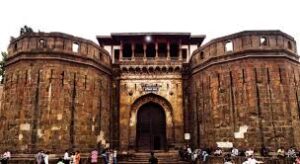
Construction of shaniwarwada fort
The foundation of Shaniwarwada fort was laid on January 10, 1730, and its construction was completed in 1732. The fort was initially built as a residence for the Peshwas, who served as the administrative heads of the Maratha Empire under Chhatrapati Shivaji’s descendants. The word Shaniwarwada is derived from two Marathi words: ‘Shaniwar’ meaning Saturday (the day the foundation stone was laid) and ‘Wada’ meaning a residential complex.
The Shaniwarwada fort was constructed using teak wood sourced from the Junnar forests, lime brought from Chunar, and stones from quarries near Pune. It was an architectural masterpiece, reflecting the grandeur and power of the Maratha Empire. The structure once covered an area of about 625 acres, but much of it was destroyed in a massive fire in 1828. Despite this, its ruins continue to tell tales of its glorious past.
Architecture and Layout :
Shaniwarwada fort was renowned for its splendid design, intricate carvings, and magnificent gates. The complex was surrounded by high stone walls, fortified bastions, and five grand gates that served as the main entrances:
- Dilli Darwaza (Delhi Gate): The main entrance of the fort, facing north towards Delhi, symbolizing the Peshwas’ ambitions to conquer the Mughal capital. Delhi Darwaja, built by Sultan Ahmed Shah- the founder of the city, is the oldest and the longest gateway of Ahmedabad, forming the urban plan of the new city. Tin Darwaza, standing on the road running from east to west, is like an entrance point to the city’s main square over which the palace buildings are faced.
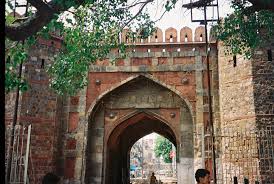
- Mastani Darwaza (Mastani Gate): Named after Mastani, the beloved wife of Peshwa Bajirao I, it was said to be her private entrance. Mastani lived for some time with Bajirao at his palace of Shaniwar Wada in the city of Pune. The palace’s north-east corner held Mastani Mahal and had its own external doorway called Mastani Darwaza. Bajirao later built a separate residence for Mastani at Kothrud in 1734, some distance away from Shaniwar Wada.

Mastani Darwaza
2. Ganesh Darwaza (Ganesh Gate): Used by women to visit the nearby Kasba Ganapati temple. Ganesh Darwaja, often referred to as the ‘Gateway of Ganesh,’ is a remarkable historical landmark situated in the heart of Pune, Maharashtra.
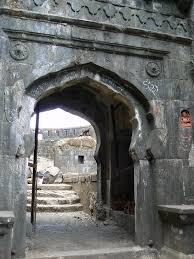
3. Jambhul Darwaza (Narayan Gate): Another entrance, possibly used for various official purposes. the Narayan Darwaza was once known as Jambhul Darwaza, and was used by concubines to enter the fort. It was renamed Narayan Darwaza after the body of Narayan Rao was carried through the gate by his assassins. “The palaces were exquisitely carved and murals painted on the walls.18
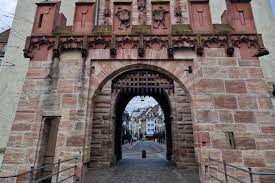
Inside the fort, the palace complex consisted of exquisite fountains, beautiful gardens, spacious courtyards, and luxurious halls adorned with intricate mirror work. The most famous structure within the fort was the Hazari Karanje (Fountain of a Thousand Jets), a remarkable water fountain designed in the shape of a lotus, known for its engineering brilliance.
The Tragic Fire and Destruction :
The grandeur of Shaniwarwada came to an unfortunate end on February 27, 1828, when a massive fire broke out. The inferno lasted for seven days, reducing most of the fort’s structures to ashes. The cause of the fire remains a mystery, though speculations suggest an accident or an act of sabotage. Today, only the stone foundations and walls of the fort remain, offering a glimpse of its former glory.
Legends and Haunted Stories :
Shaniwarwada fort is also infamous for its eerie legends and ghostly tales. One of the most chilling stories is that of Narayanrao Peshwa, who was brutally murdered within the fort in 1773. It is believed that his dying cries of “Kaka, Mala Vachva!” (Uncle, save me!) still echo within the ruins on full moon nights. This haunting legend has made Shaniwarwada fort is one of the most famous haunted sites in India, attracting thrill-seekers and paranormal enthusiasts.
Tourist Attraction and Cultural Significance :
Today, Shaniwarwada fort is a popular tourist destination and a site of cultural significance. Visitors can explore the grand entrance gates, remnants of the majestic halls, and the lush gardens that still reflect the elegance of its past. Light and sound shows held in the evenings narrate the fort’s history, bringing its stories to life.
Shaniwarwada fort is also a venue for cultural events, including musical concerts, heritage walks, and educational tours. It stands as a proud reminder of the Maratha Empire’s legacy and Pune’s historical importance.
Conclusion :
Shaniwarwada Fort is more than just an architectural marvel—it is a testament to the valor, politics, and rich cultural heritage of the Marathas. Though much of its grandeur has been lost over time, its ruins continue to captivate visitors with tales of its past glory, political intrigue, and supernatural mysteries. A visit to Shaniwarwada fort is a journey through history, offering an immersive experience into the legacy of one of India’s most influential dynasties.

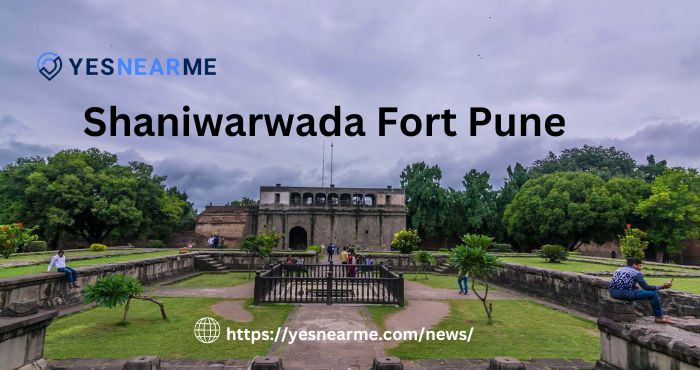
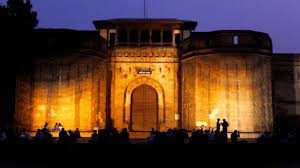




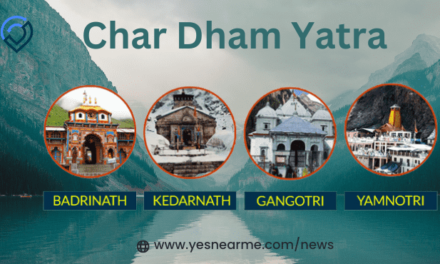
Recent Comments